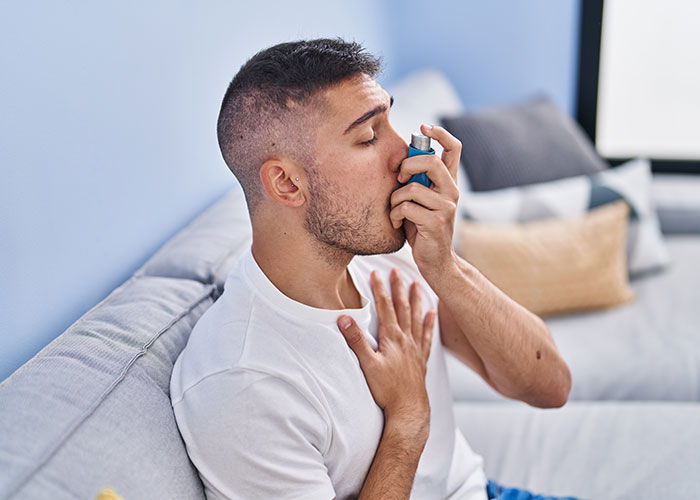
About Allergic Bronchitis
Allergic bronchitis is a type of bronchitis triggered by exposure to allergens such as pollen, dust mites, or pet dander. It causes inflammation of the bronchial tubes, leading to symptoms like persistent coughing, wheezing, shortness of breath, and chest tightness. People with allergies or asthma are more prone to this condition. While there is no cure, allergic bronchitis can be managed with medications, avoiding triggers, and sometimes allergy immunotherapy to reduce symptoms and improve breathing.
Expert Care for Allergic Bronchitis
At PULMODOC, we offer specialized care for patients with Allergic Bronchitis, a respiratory condition triggered by allergens such as dust, pollen, or pet dander. Our team of experienced pulmonologists and allergy specialists work together to provide comprehensive, personalized treatment plans to help manage symptoms, prevent flare-ups, and improve your breathing.
Our Approach to Treating Allergic Bronchitis
At ,PULMODOC we use a combination of advanced diagnostic tools and treatment options to help you manage allergic bronchitis effectively.
Comprehensive Diagnosis
- Allergy Testing :- To identify the specific allergens (e.g., pollen, dust mites, pet dander) that are triggering your symptoms.
- Pulmonary Function Tests (PFTs): To assess lung function and the extent of airway obstruction.
- Imaging Tests: Chest X-rays or CT scans to evaluate the condition of your lungs and rule out other causes of symptoms.
Personalized Treatment Plans :-
Our team will create a customized treatment plan tailored to your specific needs. This may include:
- Medications: Prescribing bronchodilators and inhaled corticosteroids to reduce airway inflammation and improve breathing.
- Antihistamines and Decongestants: To manage the allergic response and reduce symptoms like congestion and mucus buildup.
- Allergen Immunotherapy: For long-term relief, we may recommend allergy shots or sublingual tablets to desensitize your immune system to allergens.
Lifestyle and Environmental Management :-
Trigger Avoidance :-
- Our specialists provide guidance on how to minimize exposure to allergens, both at home and in the workplace.
- Air Quality Management: Tips for improving indoor air quality, such as using HEPA filters, keeping windows closed during pollen season, and avoiding irritants like smoke.
- Breathing Exercises: Techniques to help strengthen your lungs and manage shortness of breath, such as pursed-lip breathing or diaphragmatic breathing.
Get in Touch
Hospital Address
- Primus Superspecilty Hospital Chankyapuri , New Delhi
- +91-9871050406
- 91+1166206630
- Mon-Sat:- 09:00: AM to 4:00 PM



